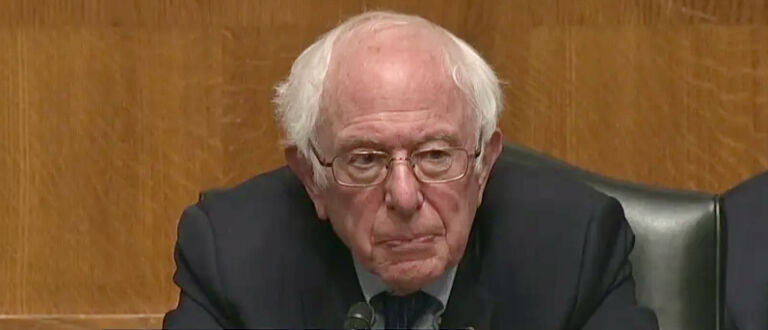Rich Yurkowitz writes for Issues and Insights about a bad idea that needs to end.
Sen. Bernie Sanders is still promoting Medicare for All to “solve” several problems with the current health care system. What are those problems? Cost and access are the top two.
Advocates for socialized medicine schemes like Medicare for All get both wrong.
Typical framing of the cost issue shows U.S. healthcare spending relative to gross domestic product (GDP). But, health care spending should be divided by household disposable income, which is the amount of income available to spend after taxes. The U.S. ranks no. 1 in household disposable income in the world, and leads 2nd place by more than 20%.
Gross domestic product, in contrast, is a measure of the productivity of the economy rather than of income. On a per-capita basis, the U.S. typically ranks between 10th and 15th place in the world, and trails countries like Luxembourg, Ireland, and Monaco (which has a per-capita GDP that is more than three times the U.S.) Clearly, GDP is an antiquated measure developed shortly after WWII that doesn’t reflect reality. …
… Would costs increase or decrease under Medicare for All? The starting point needs to be current health care spending, since that’s a reflection of the health of the U.S. population and the reimbursements of the current system.
It’s inappropriate to compare one country’s cost (call it X) to another country’s cost (call it ½X) and think that costs can be reduced by half. Instead, costs would start at the current level, with increases or decreases from there depending on the new plan’s changes, including payment levels to providers.
In other words, if the plan were 10% richer, and 10% more services were used because the benefit is “free”, then the new plan spends 20% more than the current system.

